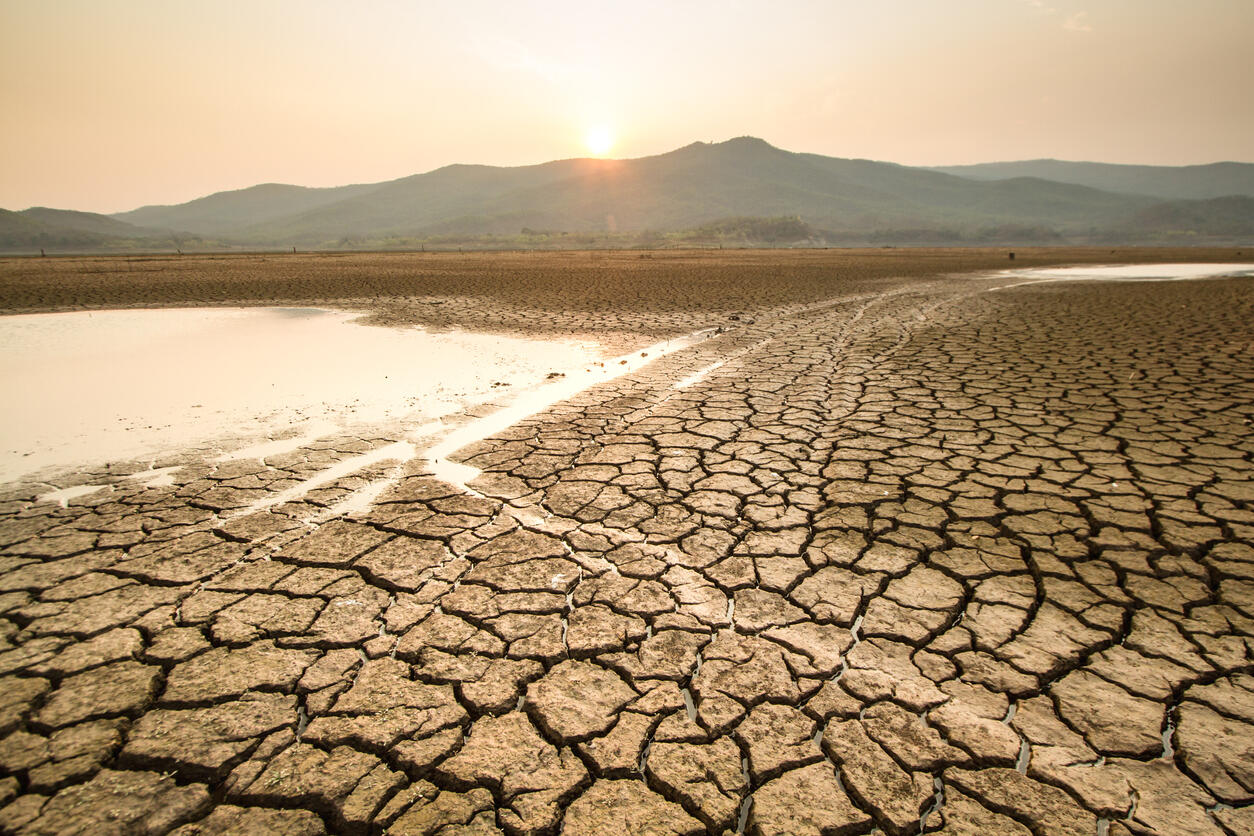
Water scarcity affects millions globally, but how much do we really know about it? Water scarcity means there's not enough clean water for everyone. This issue impacts health, agriculture, and economies. Did you know that 1 in 9 people lack access to safe drinking water? Or that by 2025, half the world's population might live in water-stressed areas? Climate change, pollution, and overuse all contribute to this crisis. Understanding these facts can help us make better choices. Let's dive into 27 eye-opening facts about water scarcity that will change how you see this precious resource.
Key Takeaways:
- Over 2 billion people worldwide face water scarcity, impacting daily life, health, and agriculture. Climate change and poor water management worsen the problem, but solutions like water efficiency and infrastructure upgrades offer hope.
- Water scarcity causes health issues, economic losses, and conflicts over resources. Surprising facts, like the Aral Sea's disappearance and virtual water trade, highlight the need for innovative solutions to this critical global issue.
What is Water Scarcity?
Water scarcity means not having enough water to meet everyone's needs. It affects people, animals, and plants. Let's dive into some facts about this critical issue.
-
Water scarcity affects over 2 billion people worldwide. Many regions face severe water shortages, impacting daily life and health.
-
Agriculture uses about 70% of the world's freshwater. This high usage puts pressure on water supplies, especially in dry areas.
-
Climate change worsens water scarcity. Rising temperatures and changing rainfall patterns reduce water availability.
-
By 2025, half of the world's population may live in water-stressed areas. Rapid population growth and urbanization increase demand for water.
-
Desalination can help but is expensive. Removing salt from seawater provides fresh water but costs a lot of money and energy.
Causes of Water Scarcity
Understanding the causes helps us find solutions. Here are some key reasons why water scarcity happens.
-
Overuse of water resources. Excessive water use for agriculture, industry, and households depletes supplies.
-
Pollution contaminates freshwater sources. Chemicals, waste, and plastics make water unsafe for drinking and irrigation.
-
Deforestation reduces rainfall. Trees play a vital role in the water cycle. Cutting them down disrupts this balance.
-
Poor water management. Inefficient systems and outdated infrastructure lead to water loss and shortages.
-
Natural disasters like droughts. Long periods without rain dry up rivers, lakes, and reservoirs.
Effects of Water Scarcity
Water scarcity has far-reaching impacts on health, economy, and the environment. Here are some of the consequences.
-
Health problems from unsafe water. Contaminated water causes diseases like cholera and dysentery.
-
Reduced agricultural productivity. Lack of water affects crop yields, leading to food shortages and higher prices.
-
Economic losses. Industries relying on water, like farming and manufacturing, suffer financial setbacks.
-
Conflicts over water resources. Scarcity can lead to disputes between communities and even countries.
-
Loss of biodiversity. Aquatic ecosystems suffer when water levels drop, threatening plants and animals.
Solutions to Water Scarcity
Addressing water scarcity requires a mix of strategies. Here are some ways to tackle the problem.
-
Improving water efficiency. Using water-saving technologies and practices in agriculture and industry reduces waste.
-
Investing in infrastructure. Upgrading pipes, reservoirs, and treatment plants ensures better water management.
-
Promoting water conservation. Educating people about saving water helps reduce demand.
-
Recycling wastewater. Treating and reusing wastewater provides an additional water source.
-
Protecting natural water sources. Preserving wetlands, rivers, and forests maintains the water cycle.
Interesting Facts About Water Scarcity
Here are some surprising and lesser-known facts about water scarcity.
-
The Aral Sea has almost disappeared. Once one of the world's largest lakes, it has shrunk due to water diversion for irrigation.
-
Cape Town nearly ran out of water in 2018. The city faced "Day Zero," when taps would run dry, but strict conservation measures averted the crisis.
-
Some countries import water. Nations like Saudi Arabia buy water from other countries to meet their needs.
-
Virtual water trade. Products like food and clothing require water to produce. Trading these goods effectively trades water.
-
Ancient civilizations faced water scarcity. The Maya and Mesopotamian civilizations struggled with water management, contributing to their decline.
-
Water scarcity affects education. In some regions, children, especially girls, miss school to fetch water for their families.
-
Innovative solutions are emerging. Technologies like fog nets and solar stills provide water in arid regions.
Water Scarcity: A Global Challenge
Water scarcity is a pressing issue affecting millions worldwide. With climate change, population growth, and pollution, the problem is only getting worse. Many regions face severe droughts, while others struggle with contaminated water sources. It's crucial to understand that water isn't just a resource; it's life itself. Conservation efforts, sustainable practices, and innovative technologies are essential to tackle this crisis. Governments, communities, and individuals must work together to ensure everyone has access to clean, safe water. Simple actions like fixing leaks, using water-efficient appliances, and supporting clean water initiatives can make a big difference. Let's not take this vital resource for granted. By staying informed and proactive, we can help secure a better future for all. Remember, every drop counts.
Frequently Asked Questions
Was this page helpful?
Our commitment to delivering trustworthy and engaging content is at the heart of what we do. Each fact on our site is contributed by real users like you, bringing a wealth of diverse insights and information. To ensure the highest standards of accuracy and reliability, our dedicated editors meticulously review each submission. This process guarantees that the facts we share are not only fascinating but also credible. Trust in our commitment to quality and authenticity as you explore and learn with us.
